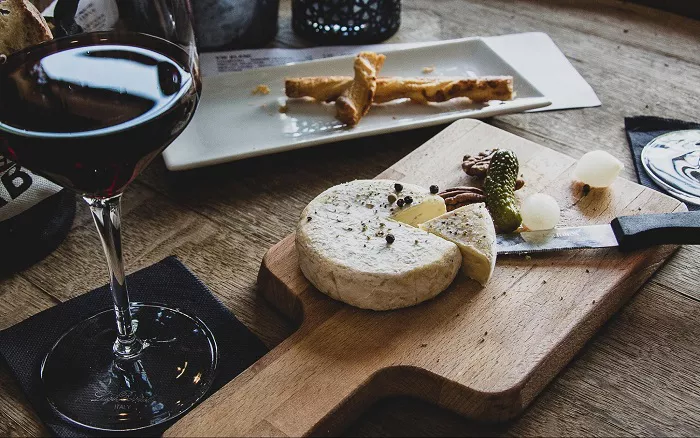As the third season of HBO’s acclaimed series The White Lotus shifts its setting to Thailand, attention begins to wane from the show’s previous backdrop—Sicily. While television tourists are now turning eastward in search of the next viral travel experience, Sicily may finally experience a reprieve from the influx of fans, allowing renewed focus on one of its most enduring treasures: wine.
Sicily’s winemaking heritage spans thousands of years, shaped by a succession of ancient civilizations long before Italy annexed the island in the late 19th century. The 20th century proved challenging for the region’s wine industry, as mass emigration and the devastations of two world wars took a toll. However, the past three decades have seen a significant transformation. Like many wine regions across the globe, Sicily has shifted from producing bulk cooperative wines to a focus on quality and terroir-driven expression.
Understanding Sicilian wine begins with its indigenous grape varieties. Nero d’Avola, the island’s most widely planted red grape, yields wines that are dark, fruit-forward, and laced with herbal undertones such as liquorice and toasted tobacco. While many versions are approachable upon release, the finest examples reward cellaring.
Nerello Mascalese and Frappato—two other prominent red grapes—offer a contrasting profile. Lighter and more aromatic, these varieties contribute to both blends and single-varietal wines that are prized for their elegance and perfume.
Among white grapes, Catarratto leads in volume, while Carricante and Grillo stand out for their distinctive characters. Carricante is noted for its saline, mineral profile, and Grillo for its crisp, savoury edge—both grapes also play a role in producing Marsala, Sicily’s storied fortified wine from the western coastal town of the same name.
The island boasts 23 DOCs (Denominazioni di Origine Controllata), with Marsala being the most well-known. Faro, located in the island’s east, is celebrated for its supple, oak-aged reds crafted from Nerello Mascalese and Nerello Cappuccio. Yet it is Etna—home to a dramatic terroir shaped by millennia of volcanic activity—that has emerged as a powerhouse of modern Sicilian winemaking. The region’s stratified soils, rich in minerals, contribute to wines that are both complex and electric.
Etna wines, in particular, have garnered increased attention in recent years, thanks in part to pop culture. In The White Lotus season two, a character swoons over the supposed rejuvenating powers of local wine, remarking on its volcanic mineral content. While claims of cosmetic benefits remain unfounded, the growing allure of these wines is undeniable.
Four Noteworthy Sicilian Wines:
- Paolini Grillo Bio Terre Siciliane 2022 (£12.50, Good Wine Good People, 12%)
A stainless steel–fermented white offering bright citrus notes and a mineral finish. - Costadune Mandrarossa Frappato 2024 (£12.25, The Wine Society, 13%)
A lively red brimming with raspberry brightness and hints of lemon zest. - Maremosso Catarratto 2022 (£19.20, Parched, 13.5%)
An accessible orange wine with aromas of dried herbs and preserved lemon. - Martinez Marsala Superiore Garibaldi Dolce (£9.50 or £9 on mix six, Majestic, 37.5%)
A rich and velvety sweet Marsala from one of the island’s most historic producers.
As the spotlight moves elsewhere, Sicily remains a destination worth revisiting—for those who seek not only cinematic landscapes but also deeply rooted winemaking tradition and excellence.
You Might Be Interested In:


